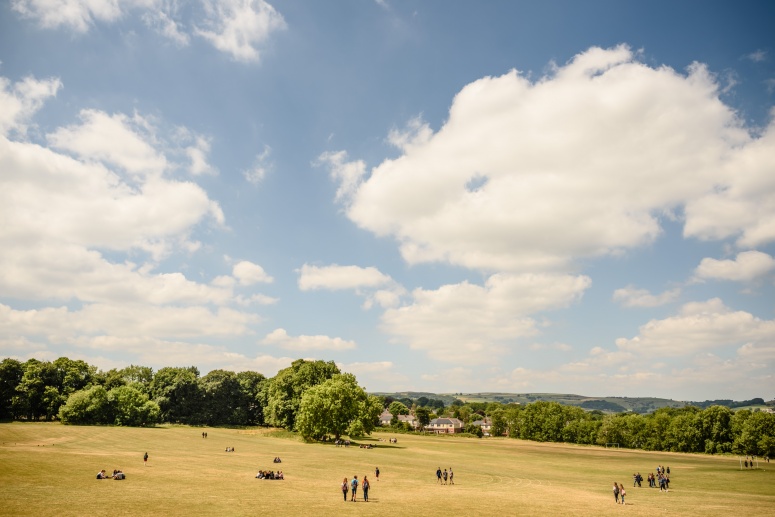Schools, strikes and the climate emergency

I have pondered what to write in this blog for quite a while. As a school our business is education … and children … and the future. Moreover, at High Storrs we pride ourselves that the education we offer is in the broadest possible sense of the word. We are so proud of all our students: of their warmth, their humour, their engagement, their passions and their honesty and we absolutely want the best for them.
This jumble of aims and feelings leads to a mixed response to the series of student strikes – the push and pull of pride for the true activists and support for their drive to address the climate emergency AND the conflicting desire to have them in our classrooms learning and, in our building, safe and sound. We have done our best to navigate our response to the student strikes and have had a fair amount of feedback both positive and negative. We will simply not please everyone.
But where there is no confusion or ambiguity is our absolute desire to educate our students through our High Storrs curriculum. Students are taught about the environment and climate change in Geography, Science and PSHE. For example, the Y7 geography curriculum includes ‘why is the weather wild?’ and ‘my impact on the world’. Natural and human causes of climate change are a key feature of A Level and GCSE Geography too. The Science curriculum explores energy, the chemistry of the atmosphere, ecology and more. Careful curriculum design ensures these topics are re-visited and knowledge deepened as students become older. Furthermore, great education and strong outcomes will secure students careers in the industries, corporations, pressure groups and government agencies who will lead the big changes to address the climate emergency.
High Storrs students must and will be at the forefront of the next generation’s local and national response to the climate emergency and it is our job to get them into the careers and positions to be able to do that with intelligence, tenacity and resilience. That does not mean we as a school have not taken other steps to address climate change. For example: we have moved towards paperless communication; our amazing staff have started a massive tree planting campaign; staff and students have demanded more recycling and vegware packaging that is compostable in the school dining room.
But our most important institutional response remains to provide a great curriculum and a great education. And every conversation I have with our staff, our governors, our parents, our students and our wider community convinces me that is absolutely as it should be.
